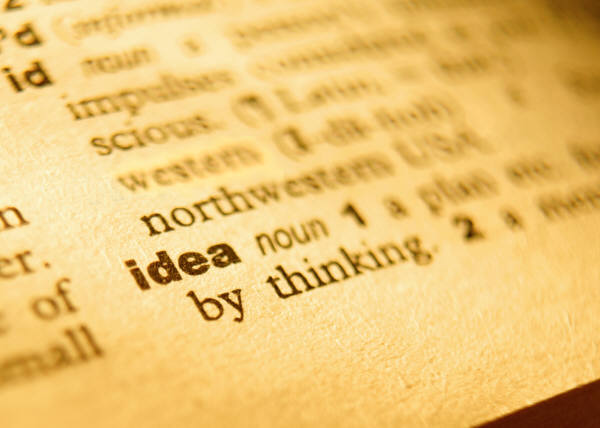

Article IV of the Code of Ethics states:
We recognize and respect intellectual property rights.
What do we mean by intellectual property? Intellectual property is defined as a product of the human intellect. It can be either tangible - in physical form - or intangible. Patents, trademarks and copyrights are all intellectual property and are protected by law.
What are the differences between patents, trademarks, and copyright? Patents protect inventions and discoveries. A trademark protects the words, phrases, and symbols that identify products or services in a way that distinguishes them from others. Copyright protects original works of authorship.
Patents and trademarks are registered through the U. S. Patent and Trademark Office, an agency of the U. S. Dept. of Commerce. Copyrights are registered through the U. S. Copyright Office of the Library of Congress.
Copyright refers to the protection provided by law to authors and creators of original works, such things as literary, musical, artistic, photographic, or film works. This protection gives the copyright holder the exclusive right to reproduce, adapt, distribute, perform, or display the work. Copyright may be retained by the original author or creator, or it may be transferred, or sold, to the publisher of the work. Copyright protection applies to both published and unpublished works.
In the next sections, we will discuss the law and how it affects libraries.
Click the arrow below to continue to the next page